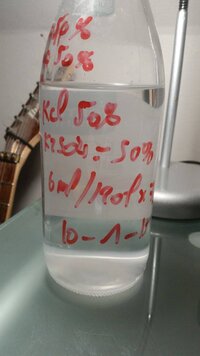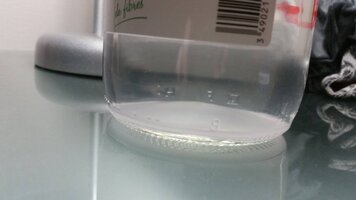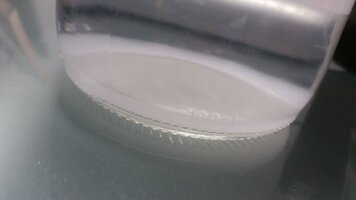Hello, i did a macro solution using :
I first added the ro water, then added salts in the order above, the hardest to dissolve to the easiest, there is a small amount of white powder on the bottom if i let it still ( 2 mm) , does that mean that the ferts are bad/ non effective ? thx
- 808 ml of Ro Water
- 28g K2SO4
- 4g PO4
- 20g KNO3
- 32g KCL
- 6g Urea
I first added the ro water, then added salts in the order above, the hardest to dissolve to the easiest, there is a small amount of white powder on the bottom if i let it still ( 2 mm) , does that mean that the ferts are bad/ non effective ? thx
Last edited:





